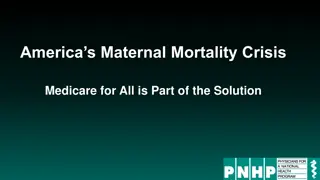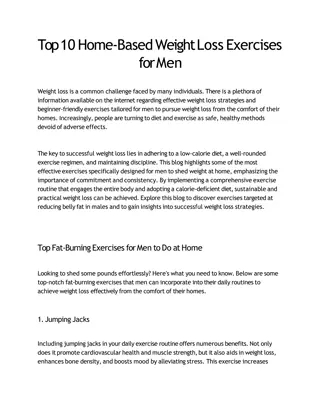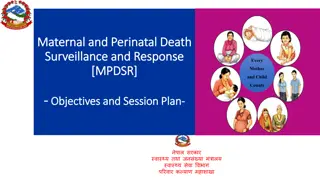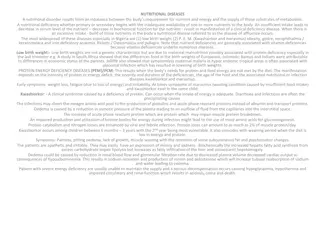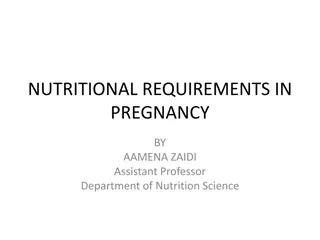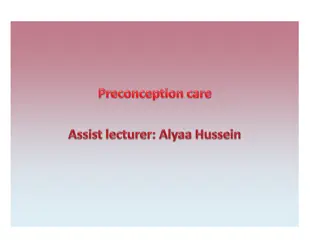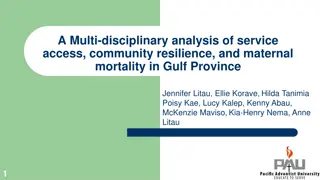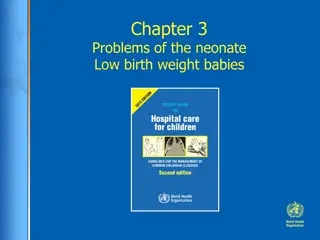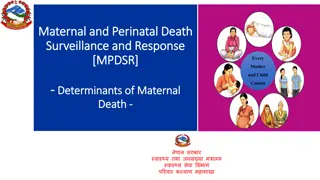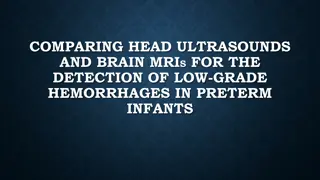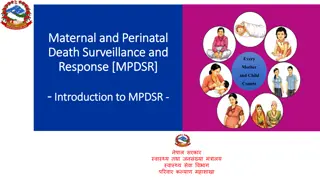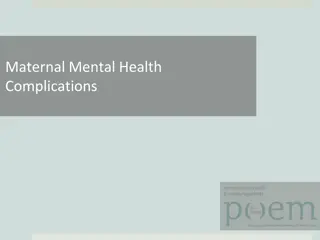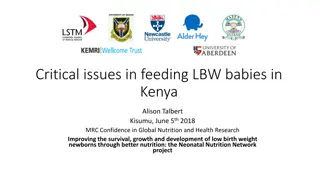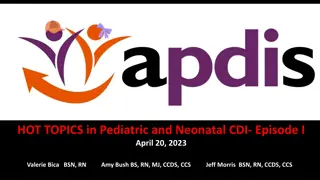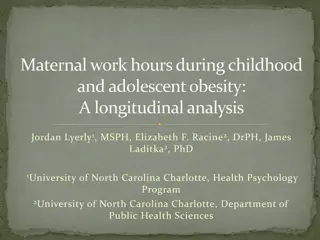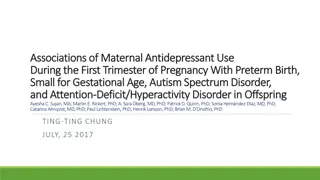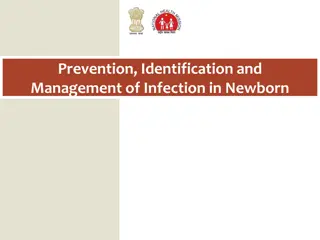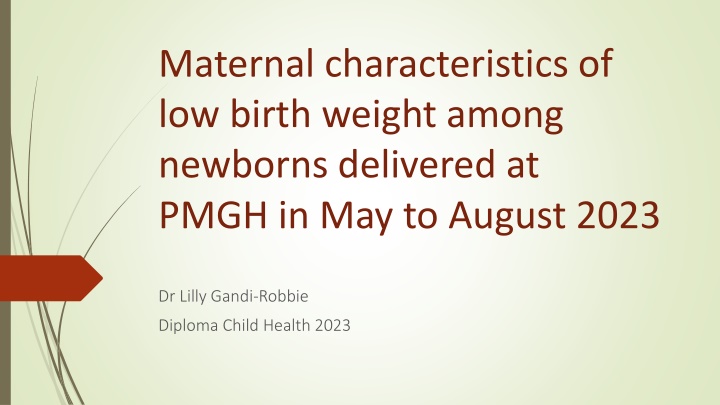
Maternal Characteristics of Low Birth Weight Among Newborns at PMGH May-August 2023
Explore the maternal characteristics associated with low birth weight (LBW) among newborns delivered at PMGH from May to August 2023. This study aims to identify factors contributing to LBW and their impact on fetal and neonatal health outcomes, growth, and long-term health risks.
Download Presentation

Please find below an Image/Link to download the presentation.
The content on the website is provided AS IS for your information and personal use only. It may not be sold, licensed, or shared on other websites without obtaining consent from the author. If you encounter any issues during the download, it is possible that the publisher has removed the file from their server.
You are allowed to download the files provided on this website for personal or commercial use, subject to the condition that they are used lawfully. All files are the property of their respective owners.
The content on the website is provided AS IS for your information and personal use only. It may not be sold, licensed, or shared on other websites without obtaining consent from the author.
E N D
Presentation Transcript
Maternal characteristics of low birth weight among newborns delivered at PMGH in May to August 2023 Dr Lilly Gandi-Robbie Diploma Child Health 2023
Introduction LBW is defined as baby weighing less than 2500grams (WHO 2023) 20million births per year worldwide.2In PMGH, almost 50% of admissions in 2022 were LBW. 3 LBW is associated with:4 Fetal and neonatal mortality and morbidity, Inhibited growth and cognitive development, and Non communicable diseases later in life
Among many studies done in LMIC, 2 studies done in PNG by showed that: 5 & 6 Maternal illness, Poor ANC attendance, Young and elderly mothers and Poor family planning were associated with LBW No recent studies over the past 20years in urban settings.
Aim Identify the maternal characteristic associated with LBW babies in PMGH.
Materials & Methods Study design: Study design: Descriptive Study duration: Study duration: May to August 2023. Study Area: Study Area: PMGH SCN Study population: Study population: Mothers of newborns weighing less than 2500grams Inclusion/Exclusion criteria: Inclusion/Exclusion criteria: Singleton, consented, POM Residents Twin, non pom resident excluded Sample size: Sample size: 40 Mothers Sampling method: Sampling method: convenience Study tools: Study tools: Designed questionnaire Study technique: Study technique: Interview Ethical consideration: Ethical consideration: consented before interviewing Data Data was compiled in Excel MS 365
Antenatal Antenatal characteristics characteristics Sociodemographic Sociodemographic characteristics characteristics Dietary Pattern Dietary Pattern Gestation Education Level Main Diet Birth & Delivery Employment status Nutritional Maternal illness Income Knowledge ANC visits Social Habits
Birth History FIG 1A: GA AT BIRTH FIG 1A: GA AT BIRTH FIG 1B: BIRTH WEIGHT FIG 1B: BIRTH WEIGHT ELBW , 6, 15% Very PT, 6, 15% Small for Age, 7, 18% LBW , 10, 25% VLBW , 24, 60% Mod -Late PT , 27, 67% 40 LBW babies 10 < 2500g 30 < 1500g (ELBW+ VLBW) 40 LBW babies 33 Preterm 7 Small for Dates
Antenatal characteristics FIG 2A: ANC BOOKING FIG 2A: ANC BOOKING FIG 2B: GA AT FIRST VISIT FIG 2B: GA AT FIRST VISIT Early ANC Booking, 1, 4% Booked, 14, 35% Unbooked, 26, 65% Late ANC Booking, 27, 96% 40 Mothers, 28 attempted ANC visit 27 Late bookings (2nd & 3rd Trimester) 1 Early booking (1st Trimester) 40 Mothers 26 Unbooked (>3 visits) 14 Booked ( 3 or more ANC visits
FIG 2C: FIG 2C: ANEMIA ANEMIA IN PREGNANCY IN PREGNANCY FIG 2D: WEIGHT GAINED FIG 2D: WEIGHT GAINED Normal, 3, 14% No Record 10 36% <10Kg 17 61% Anemia, 19, 86% 10Kg 1 3% 22 Mothers had recorded Hb 3 normal Hb (each had 5 ANC visit) 19 anaemic (3 mild, 12mod, 4 Severe 40 Mothers, 28 attempted ANC visit 18 recorded weights 17 gained <10Kg, 1 gained >10Kg
Socio-demographic characteristics Fig 3a: Significant Socio-demographic characteristics 100% 10 11 80% 23 4 10 60% 40% 25 20 17 Employed Informal Unemployed >1000 500-1000 <500 No Yes 20% 0% DV during Pregnancy Fortnightly income Maternal Employment
FIG 3B:BETEL NUT (BN) CHEWING FIG 3B:BETEL NUT (BN) CHEWING DURING PREGNANCY DURING PREGNANCY FIG 3C: PHYSICAL ACTIVITY FIG 3C: PHYSICAL ACTIVITY DURING PREGNANCY DURING PREGNANCY < 1 per day 11 27% None 10 25% Less Active, 17, 43% More active, 23, 57% > 1 per day 19 48% 40 mothers 19 regular chewers 11 occasional chewers 10 non chewers 40 Mothers 23 excess physical activity 17 less active
Nutritional characteristics Table 1: Maternal Nutritional Characteristics Variable Category > Carbohydrate Balanced Diet Rice & Tin fish 2 times 3times 4 times Excellent Moderate Poor n 20 12 8 10 19 11 24 7 9 % 50 30 20 25 47.5 27.5 60 17.5 22.5 Although majority had excellent nutritional knowledge and 3 to 4 meals per day, Main Diet Half of them had more starchy food per meal # meals per day Nutritional Knowledge
Discussion Among all antenatal and socio-demographic characteristics, late booking, insufficient weight gain, anaemia, unemployment, low family income or poverty, were associated with LBW in this study. This study is congruent with the 2 studies done in PNG as well as many other LMIC nations however maternal age, family planning and maternal illness, and education were not associated with LBW. 5-9 An interesting observation in this study was that almost half (48%) of the mothers where betel nut (BN) chewers. In a similar manner, Kaius et al assessed the impact of betel nut chewing on adverse outcomes of pregnancy and they found out that women using BN were more likely to be anaemia.10
Our observation of more (57%) physically active mothers associated with LBW contradicts other large studies which state that PA actually has a protective effect on the foetus and does not affect birth weight. 11 42% of the mothers were exposed to some form of DV during pregnancy. However a population comparison is found in DHS 2016-18 which said 59% of the women surveyed had been victims of DV. Hence, the DV rate could be representing the population norm rather than over represented.12 Maternal nutritional status is important for fetal growth and development Though this study showed an association between carbohydrate intake and LBW, other studies give contradictory findings concerning the relationship between carbohydrate intake and neonatal birth weight. 13
Conclusion This study showed that the antenatal characteristics associated with LBW were o Prematurity o Late ANC booking and o Poor weight gain The socio-demographic characteristics were o Unemployment o Poverty o Betel Nut shewing o Excessive physical activities & o More carbohydrate intake.
These findings contribute to the growing literature on the influence of maternal socio-demographic and obstetric factors on LBW in resource- constrained settings. This could guide the development of clinical and public health interventions aimed at reducing LBW and its associated complications.
Limitation Small sample No control group Inconsistent with Data collection Potential for recall bias
Acknowledgement Prof Trevor Duke Dr Pulsan Dr Anga Dr Gamini Vali All other SMOs Participants
Reference 1. https://www.who.int/news-room/fact-sheets/detail/preterm-birth 2. http://apps.who.int/gho/data/view.main.LBWCOUNTRY 3. Paediatric Department annual report. PMGH, 2022 4. Manengo et al. Birth weight, growth, nutritional status and mortality of infants from Lamberene and Fougamou in Gabon in their first year of life. PLoS One. 2021;16(2):e0246694. 5. Vince J D et al. Low Birth weight at a Papua New Guinea Highlands Hospital. Journal of Tropical Paediatrics. 2001 Feb;47(1):17-23. doi: 10.1093/tropej/47.1.17. 6. Klufio CA et al. A case-control study of singleton low birthweight babies at the Port Moresby General Hospital. P N G Med J. 1997;40(3-4):136-145. 7. Tshotetsi L et al. Maternal factors contributing to low birth weight deliveries in Tshwane District, South Africa. PLoS One. 2019;14(3):e0213058. Published 2019 Mar 1. doi:10.1371/journal.pone.0213058 8. Gebremedhin, M et al. Maternal associated factors of low birth weight: a hospital based cross-sectional mixed study in Tigray, Northern Ethiopia. BMC Pregnancy Childbirth 15, 222 (2015). https://doi.org/10.1186/s12884-015-0658-1
9. Ikenna K N , et al. Maternal Risk Factors Associated with Low Birth Weight Neonates: A MultiCentre, Cross-Sectional Study in a Developing Country. Journal of Neonatal Biology 4:15 (2015). DOI: 10.4172/2167-0897.1000190 10. Ome-Kaius M, Unger HW, Singirok D, et al. Determining effects of areca (betel) nut chewing in a prospective cohort of pregnant women in Madang Province, Papua New Guinea. BMC Pregnancy Childbirth. 2015;15:177. Published 2015 Aug 19. doi:10.1186/s12884-015-0615-z 11. Mette Juhl, et al. Physical Exercise during Pregnancy and the Risk of Preterm Birth: A Study within the Danish National Birth Cohort, American Journal of Epidemiology, Volume 167, Issue 7, 1 April 2008, Pages 859 866, https://doi.org/10.1093/aje/kwm364 12. Duke T. Lessons for child health from the 2016 2018 Demographic and Health Survey, PNG M J, Volume 62, Issue 3-4, Sep Dec 2019 , pages 91 - 96 13. https://www.ncbi.nlm.nih.gov/pmc/articles/PMC10096855/

